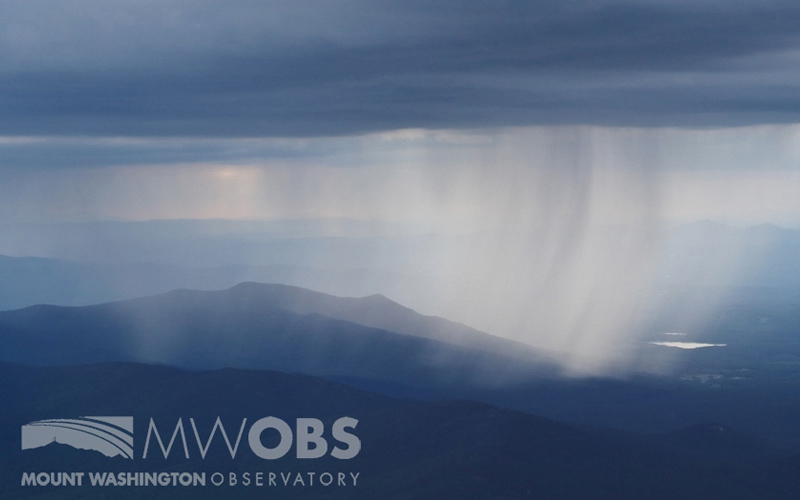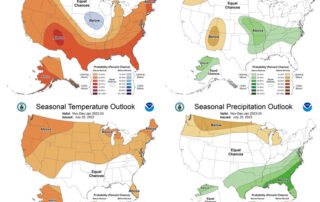Citizen Science Puts Weather Reporting in Your Hands

Ryan Knapp, Weather Observer & Meteorologist
El Niño and Its Influences on Weather
El Niño and Its Influences on Weather Francis Tarasiewicz, Weather Observer & Education Specialist As we enter the fall season, it's clear that 2023 has been a year filled with meteorological buzzwords. Phrases like "polar vortex," "heat dome," and "bomb cyclones" have inundated the public with
August Newsletter: A Season of Weather Extremes
Sunrise on July 22, with Mount Adams and Mount Madison rising above the undercast. Dear Member, With summer in its last month on the meteorology calendar, our observers are working hard to track a season of weather extremes. June surpassed the Observatory’s snowfall record for that month,
A Look at Record Precipitation in July and the Upcoming Seasonal Outlook
A Look at Record Precipitation in July and the Upcoming Seasonal Outlook With cold temperatures on the higher summits at the end of July, many people were surprised to see the change in conditions so early in the year. Statistically speaking, however, cooler temperatures to welcome the
Founding Day!
Founding Day! 2021-10-14 15:25:42.000 - Mount Washington Observatory Staff, Weather Observers Today we celebrate the founding of Mount Washington Observatory… Setting the stage on October 15, 1932, Bob Monahan, Sal Pagliuca, Alex MacKenzie,
Some September Stats As We Transition Seasons
Some September Stats As We Transition Seasons 2021-10-06 08:12:23.000 - Jay Broccolo, Weather Observer and Meteorologist September has come to a close and with it comes some end-of-month stats. September Stats: September averages compared
From Texas to New Hampshire
From Texas to New Hampshire 2021-09-28 03:30:42.000 - Adam Muhith, Summit Intern Howdy, y’all! My name is Adam Muhith and I am proud to be one of the new interns for the Fall 2021




